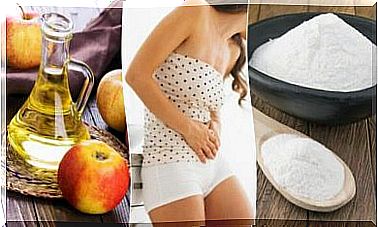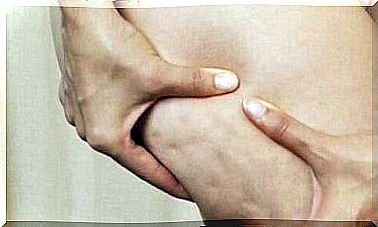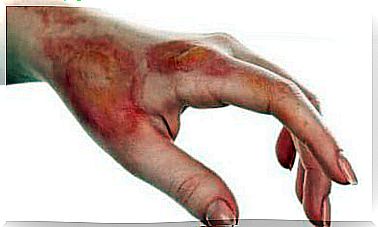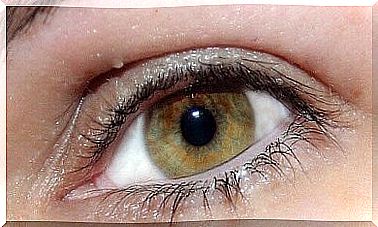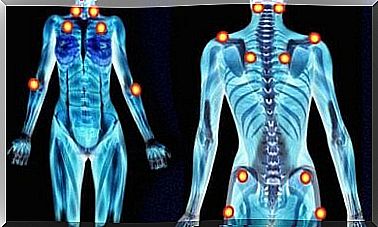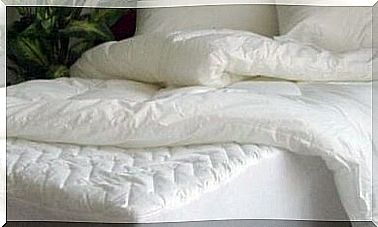Do You Suffer From Gallstones?
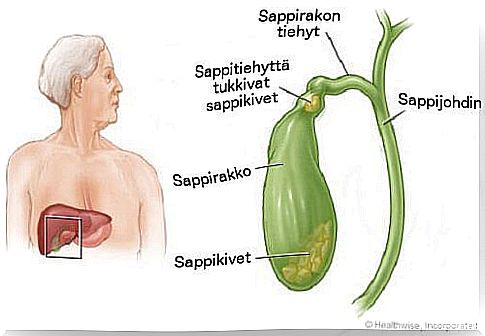
Gallstones are formed when the components of the bile begin to crystallize in the bile fluid standing in the gallbladder. Overweight and gallbladder emptying disorders increase the formation of gallstones.
Often, gallstones are completely asymptomatic and are only found in other studies.
In this article, we will explore the symptoms of gallstones and how to prevent the formation of gallstones.
Symptoms of gallstones

A typical symptom of gallstones is a fairly sudden onset of upper abdominal pain that is felt in the right flank or in the middle of the upper abdomen. The pain may radiate to the upper scapular region of the upper back, feeling uncomfortable, and sometimes nausea and vomiting may also occur. The pain usually subsides on its own after 3 to 6 hours.
Gallstones can be completely asymptomatic, but sometimes they prevent the gallbladder from functioning normally and can, at worst, lead to bile duct obstruction and inflammation of the gallbladder. In addition to pain, fever may occur.
Sometimes gallstone problems become so severe that surgery is needed to remove the stones. Therefore, it is a good idea to try to completely prevent the formation of gallstones.
The most common symptoms of gallstones are:
1. A certain type of pain
The pain starts suddenly and can last from a few seconds to even a few hours. The pain is concentrated in the upper abdomen and between the shoulder blades.
2. Swollen stomach
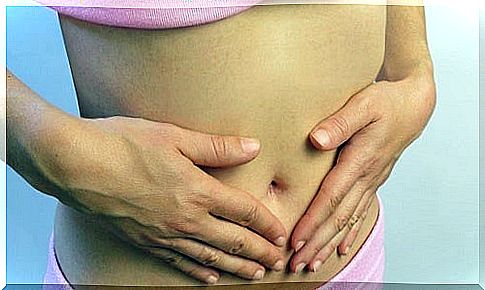
Swelling is a common ailment that is not always always due to gallstones. So there is no need to worry if you suffer from swelling every now and then, especially after a heavy meal. However, if the swelling is a daily nuisance that recurs constantly, especially after a meal, you should keep an eye on the symptoms and contact your doctor if the problem persists.
3. Digestive problems
Often gallstones are symptomatic of digestive problems such as flatulence, belching, slowness of food digestion, stomach upset, stomach cramps, and feeling unwell after eating. Especially fatty foods cause these symptoms with gallstones.
4. Physical symptoms
These symptoms do not occur in all people with gallstones. Sometimes the skin may get a slightly yellowish color due to the accumulation of bile, and this usually appears first in yellowish eye whites.
5. Changes in stool and urine
The gallbladder is responsible for producing bile, breaking down fats, and improving digestion. If the gallbladder is blocked or inflamed, it affects the entire digestive system and intestines. If you suffer from gallstones, your stools may turn pale and jelly-like. Urine, on the other hand, may appear darker than normal.
This protects the gallbladder

If you have already been diagnosed with gallstones, they will not be affected very much by a rapid dietary change. So be sure to talk to your doctor about this and together you can decide if there is a need for surgery. However, if you do not yet have any symptoms, you can try to prevent the formation of gallstones.
Try these tips:
- Enjoy a tablespoon of olive oil and three drops of lemon juice every morning as soon as you wake up and in the evening at bedtime. This treatment protects and cleanses the gallbladder.
- Drink fresh apple and beet juice. With this delicious and healthy drink you keep your gallstones at bay. Enjoy the juice for dinner and use one green apple and medium beet to make it. Cut the ingredients into pieces, pour in a couple of deces of water and mix evenly in a blender. Enjoy a drink three times a week.
- Beer yeast. Add brewer’s yeast to smoothies and other beverages. It contains inositol, which protects both the gallbladder and the liver.

